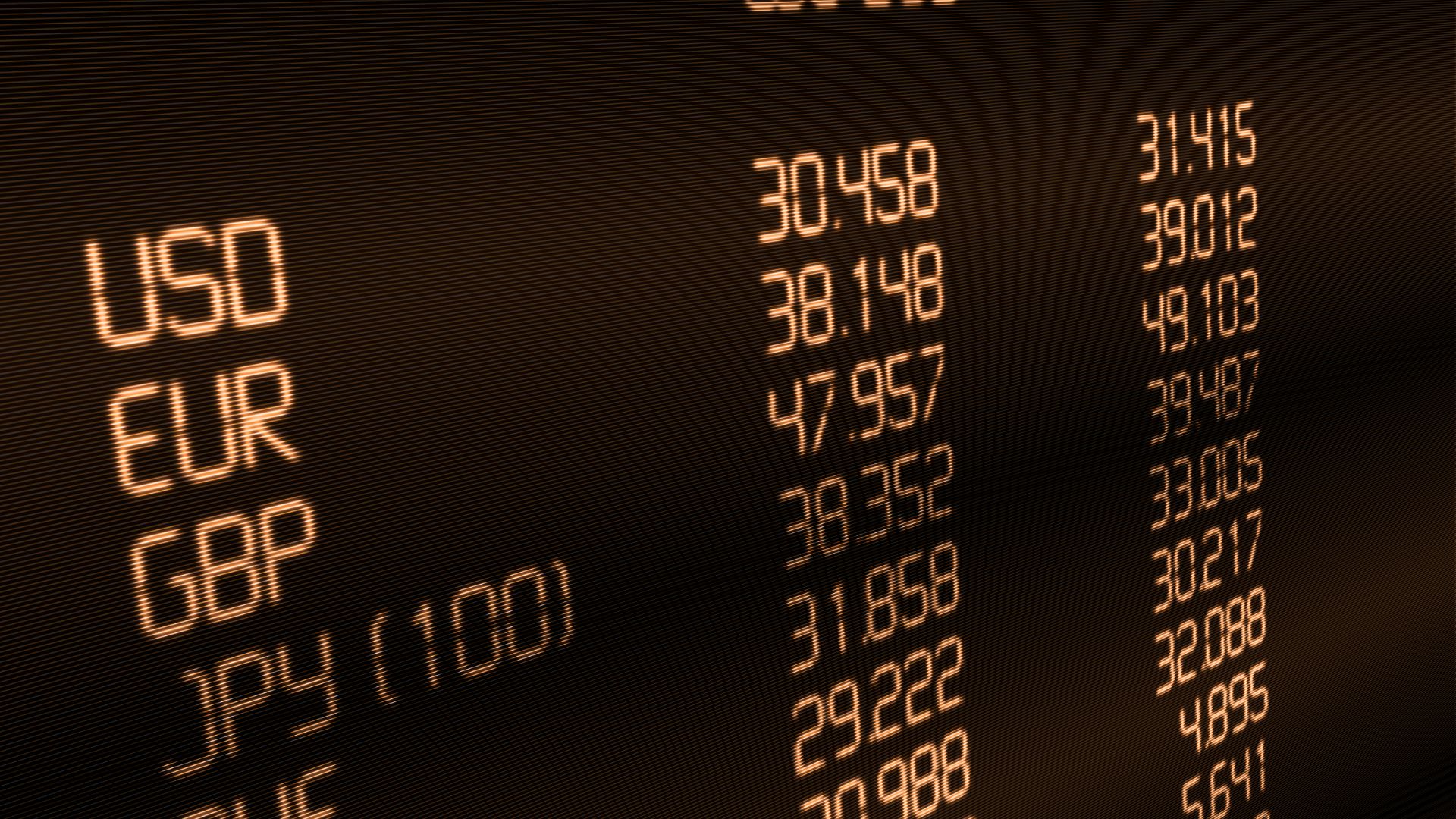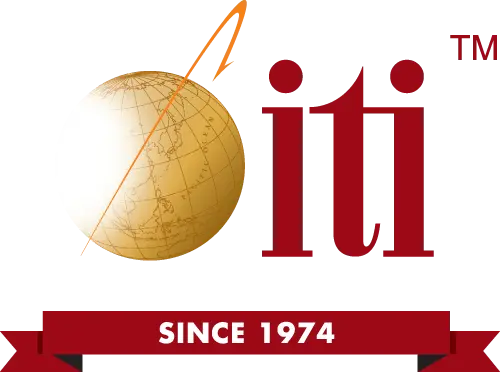
Bringing new consumer products to market can be a scary prospect, with only a few ways to win big but seemingly endless ways to fail. Consumer product companies tend to need ample support in setting up profitable manufacturing outsourcing for their products such that winning big is the most likely outcome.
One critical factor that we see product creators struggle with the most is working around international currency exchange rates, specifically when valuing their products’ long-term manufacturing costs and net profitability. We’d like to help explain exchange rates in terms of manufacturing outsourcing, and offer suggestions on how to minimize the risk of falling victim to currency exchange hazards.
By definition, an exchange rate is the expected amount of a foreign country’s currency one would expect to receive in exchange for a fixed amount of domestic currency. The exchange rate between two countries describes the value of each currency against each other, as in, if you pay X units of domestic currency, you’ll receive Y units of foreign currency in return. This simple conversion is not the tough part for industrial manufacturing: The challenge is that exchange rates change over time, sometimes wildly, and without notice.
Exchange Rate Volatility and Manufacturing Outsourcing
To obtain an exchange rate quote, you can contact your business’s lending institution or perform a quick web search to find the current rate between two currencies. For example at the time of this writing, the U.S. dollar exchanges with the Euro at 1 dollar to 0.93 Euro. In plain English, a person paying 1 U.S. dollar can only buy 0.93 Euros worth of goods. If a particular good costs $5 in the U.S. and 5 Euros overseas, a person would spend either $5 domestically or $5.38 after converting to Euros. In other words, right now, it costs a buyer more to pay in Euros than in dollars.
In this case, the U.S. dollar is slightly weak against the Euro, and offers lower purchasing power if exchanged at this rate. The real issue for manufacturing procurement is that exchange rates fluctuate over time.
Over the last year, the exchange rate between the dollar and the Euro has fluctuated between 0.8885 and 0.9552, or just under a plus or minus 4 percent swing. At first glance, this might not seem substantial, but let’s have a look at a common manufacturing example:
- A buyer contracts with a manufacturer for a 1 million Euro order that will take six months to complete.
- The contract is signed and ROI calculated based on an initial exchange rate of 0.9240, costing the buyer $1,082,251.08. This is deemed acceptable for the projected cashflow of the project.
- The buyer pays a 30 percent down payment at today’s exchange rate, $324,675.32.
- Three months later, at the halfway mark of production, another 30 percent payment is required. The exchange rate drops to 0.9125, increasing the payment amount to $328,767.12.
- At the six-month mark, the order is shipped and final payment of 40 percent is due. The exchange rate worsens again to 0.8885, driving the payment to $450,196.96.
- In total, the buyer expected to pay 1 million Euros at the initial exchange rate of 0.9240 or $1,082,251.08. After exchange rate volatility however, the buyer ended up paying $1,103,639.40.
In other words, the buyer overspent and lost an unexpected $21,388.32 simply due to exchange rate volatility.
Of course, there can be times when the value of domestic currency strengthens against a foreign currency, costing buyers less money to exchange currencies than expected. This is certainly a pleasant surprise when it occurs, but it’s closer to gambling than financial strategy. To us, price expectancy is much more desirable than relying on the luck of the draw.
Protecting Yourself From Exchange Rate Cost Increases
We have two categories of suggestions for protecting yourself from exchange rate cost issues: one market-sided and one operations-sided.
Market Considerations
The market is fickle and takes no prisoners. Buyers venturing into their first foreign supply engagement should recognize the drivers of exchange rate fluctuations as their first step towards defending against sporadic cost changes, and from there formulate a strategy that can weather whatever storms the market may unleash.
- Market risk survey: Buyers should be thoroughly familiar with the potential risks that they’re exposed to with foreign manufacturing outsourcing as they relate to exchange rates. Complex supply chains might see multiple exchange rates occurring in one contract, compounded by tax and tariff layers as well. Buyers should conduct a thorough survey of these conditions, draw quantitative conclusions about what risks they’re willing to endure and decide which to avoid entirely (even in the face of profitable exchange rate strength today that may very well change tomorrow).
- Financial exchange strategy: Knowing that the exchange market is going to change at random should motivate buyers to draft up a strategy for managing such risks. At the least, engaging with a foreign currency consultant who can provide guidance based on historical trends and future prospects can help target specific, least-risky exchange points.
- Bulk exchange points: Further to the above, often it makes sense to strive for cost stability if not profit maximization. That is, it’s better to receive a known, smaller margin than none at all. With the help of knowledgeable advisors, buyers may wish to exchange a long period’s worth of transaction funding at once. This transfers their funds into foreign currency, totally bypassing exchange rate exposure for that funding block in the future.
Operational Considerations
Individual product developers can often be very myopic in terms of their initial manufacturing outsourcing contracts. We urge them to zoom out and look at the long game. Framing the matter at hand as a business operation – a commercial machine that serves customers for a profit over time – helps put exchange rate fluctuations into perspective.
- Investment-grade exchanges: In the same way that businesses make investments with their capital as a function of their overall operating financial practices, savvy buyers can tap into currency-hedging investment options to help protect themselves against rate spikes. Buyers can work with banking institutions to purchase exchange rate forwards and options, locking in rates while keeping cash liquid until needed.
- Contract renegotiation: As exchange rates change and the purchasing power parity between countries realigns, buyers should allow themselves a contractual option to renegotiate pricing points out of fairness to all parties. Manufacturing costs in foreign countries often do not fluctuate as much as changing exchange rates may suggest, and in these cases, contracts might be based on financial conditions that are out of date and warrant revision to reflect current real costs.
- Engaging a sourcing agent: One way to completely isolate buyers from exchange rate volatility is through the use of professional sourcing agents such as ITI Manufacturing. Here at ITI, our manufacturing contracts are written in U.S. dollars with our domestic buyers. All upstream foreign currency exchange risks fall onto us to manage and are never transferred to our clients.
Mitigating Your Risk
A sourcing agent’s reputation bears on their ability to utilize, manage and complete contracts with the highest quality foreign manufacturers in financially reliable regions, including accurate exchange rate forecasting. At least, that’s ITI Manufacturing’s belief and promise to our clients.
Would you like to learn more about manufacturing outsourcing and how it can help your bottom line? Contact us today.






